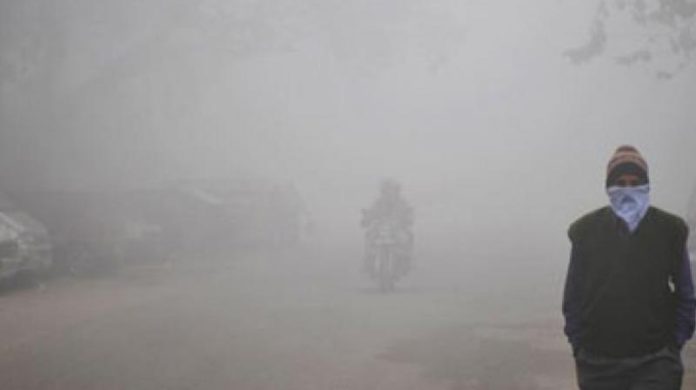- The poor air quality is often associated with northern Indian states, especially during the winter season, when stubble burning in Punjab, Haryana, Rajasthan, and western Uttar Pradesh further exacerbates the already poisonous situation. More often than not, New Delhi and the national capital region bear the brunt of the pollution-related challenges as the air quality deteriorates alarmingly. We have seen how the Delhi government has undertaken a few out-of-the-box measures to control the rising pollution levels but hardly succeeds in getting desired results. The prevalent air quality becomes so unbearable that schools and colleges are closed to tackle the pollution levels. A news report suggests that the issue is not restricted to Delhi alone.

PC: BADRI CHATTERJEE
- Many state capitals and major cities are also witnessing an alarming rise in pollution levels even as the air quality worsens. As you are aware, air pollution in India has usually confined to the Indo-Gangetic Plain (IGP) airshed, the seven states beginning with Punjab in the northwest to West Bengal in the east. Now, a report shows that it’s not always the case. Worryingly, coastal metros like Mumbai and Chennai recently recorded air quality index readings worse than Delhi. In general, the situation is worrisome. The World Air Quality Report this year showed that of 50 global cities with toxic air, 35 are located in India. This is dangerous. Poor air quality is a public health problem, whose effects spill over to other areas.
- Further, the Global Burden of Disease Study in 2019 estimated that 18% of deaths that year in India were attributable to air pollution. The economic cost came to 1.36% of GDP. Within India, it’s the poorer states across IGP that experienced the largest increase in pollution. In other words, a disproportionate burden on India’s abysmal air quality is borne by the more vulnerable sections of the population. It’s certainly not a price that needs to be paid for economic progress. Note that World Bank’s cross-country data for 25 years (1990-2015) shows that China and Vietnam recorded a higher average GDP per capita growth with a smaller change in mean annual PM 2.5. Among air pollutants, it’s the growing incidence of PM 2.5 that is the most damaging.

PC: BINDU SHAJAN PERAPPADAN
- Understand that with a diameter of about one-thirtieth the width of human hair, it arises from many sources, including dust. Thus, tackling air pollution in India can no longer be about localized solutions. So far, India’s policy approach to improving air quality has tended to be city-centric. Sadly, it won’t work because the source of the problem is an airshed, which represents a common geographic area of pollutants. Consequently, Delhi despite a huge vehicle density sometimes has better air quality than surrounding areas. Mind you, once geographical airshed is a focus, the nature of incentives offered by public policy will change. The authorities must play a more proactive role of coordination involving all stakeholders as airsheds span clusters of states.






